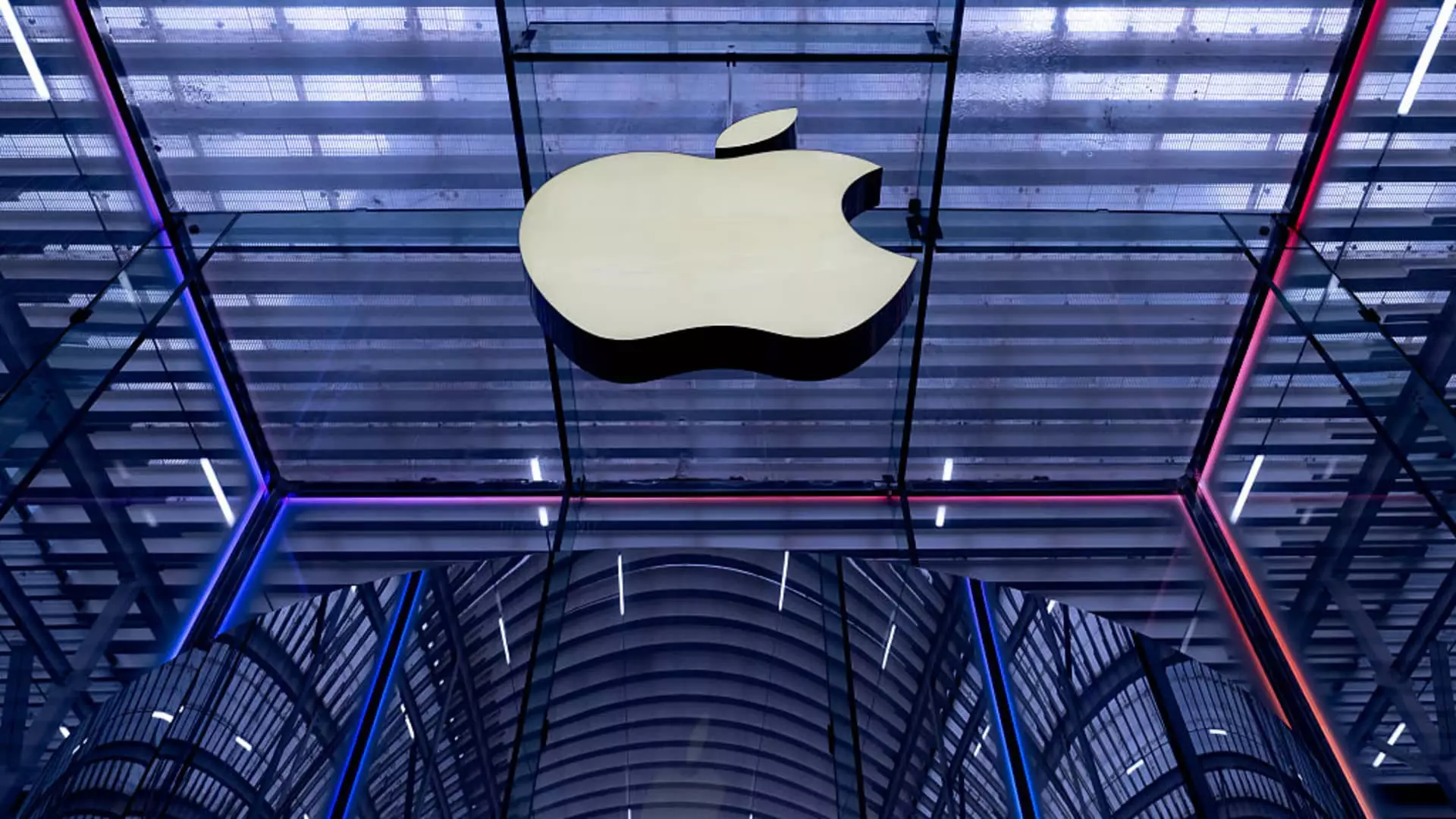As Wall Street prepares for Apple’s upcoming earnings announcement, the buzz extends beyond raw financial metrics into a complex web of geopolitical tension and economic recalibration. Investors, industry watchers, and prediction markets are all vying to interpret what the company will emphasize during its call, which offers insight into broader trends shaping the tech giant’s future. The focus on terms like “China” and “Tariff” reveals that Apple’s strategic maneuvers amidst ongoing trade pressures remain central to its narrative. These keywords are more than a discussion point—they symbolize the ongoing tug-of-war between a global supply chain integrated with China and U.S. economic nationalism.
The divergence in potential talking points—such as “Severance”—further underscores internal workforce implications, possibly signaling restructuring or labor adjustments. A significant betting volume indicates that market participants are bracing for candid disclosures about operational shifts, monetary impacts, or geopolitical challenges. While Apple’s bottom line is often viewed through the prism of product sales, the undercurrent suggests that external factors—trade policies, tariffs, and international relations—are increasingly dictating the company’s strategic calculus. This scenario underscores a broader truth: Apple’s prosperity is no longer insulated from geopolitical storms, shifting its narrative from purely innovation-driven to a story of adaptive resilience amid global headwinds.
Manufacturing Realities: The Shift Toward Domestic and Alternative Production
A key theme looming over Apple’s upcoming results is its ongoing effort to mitigate risks associated with reliance on Chinese manufacturing. The company has made incremental strides in establishing production in India and Vietnam, a move that aligns with the broader trend of diversifying supply chains in response to tariff threats and geopolitical tensions. The recent surge in India’s smartphone export volume, surpassing China in the second quarter, illustrates the rapid pace of this geographical shift. It’s a strategic gamble—reducing exposure to tariffs could streamline costs, but potentially at the expense of increased manufacturing complexity and higher per-unit costs.
The U.S. government, under pressure from industry and political agendas alike, has signaled a desire for Apple and other tech giants to produce more domestically. In response, Apple’s announcement of a manufacturing academy in Detroit indicates a genuine attempt to build local expertise and foster regional growth. Yet, the economic reality remains daunting: shifting production closer to home entails immediate costs, potentially pushing iPhone prices skyward. Estimates suggest a price trajectory well beyond the average consumer’s reach, raising questions about whether demand can withstand these inflationary pressures. The strategic balance that Apple is attempting—to safeguard supply chains without alienating price-sensitive markets—is a defining challenge for its leadership.
Market Dynamics and Consumer Sentiment: The Impact on Apple’s Stock and Brand
The equity landscape offers a sobering perspective. Apple’s shares have lagged, declining over 16% year-to-date, underperforming the robust S&P 500. This underperformance is indicative of mounting investor concerns over growth prospects amidst a macroeconomic slowdown and waning product innovation. Analysts like Barclays’ Tim Long point out that without significant new product launches or compelling feature upgrades, Apple risks further share erosion, especially in China—its once-dominant market.
The company’s strategic pivot to manufacturing in India and Vietnam seems to be a double-edged sword. While it offers reduced geopolitical risk, it also introduces operational complexities that could repress margins. Simultaneously, market sentiment appears cautious rather than optimistic, with expectations leaning toward modest earnings growth. This cautious outlook reflects broader macroeconomic headwinds—rising interest rates, inflationary pressures, and the cautious consumer. Despite being a market leader, Apple’s challenge is to sustain excitement and demand in a climate where consumers are increasingly sensitive to premium pricing and economic uncertainty.
Interestingly, consumer engagement with Apple’s entertainment arm—exemplified by the popularity of series like “Severance”—suggests a diversification strategy that aims to sustain brand relevance beyond hardware. These entertainment successes serve as a buffer, helping to lock in consumer loyalty even if hardware sales wobble. However, whether this diversifying approach can offset the core hardware’s stagnation remains to be seen.
The upcoming earnings call is set to be a crucial inflection point. It will test Apple’s ability to articulate a forward-looking strategy that reassures investors of its resilience amid mounting global pressures. While Wall Street may be fixated on tariffs, manufacturing shifts, and geopolitical risks, the real test lies in Apple’s agility—its capacity to adapt, rebrand, and sustain growth in a rapidly evolving landscape that demands more than just technological innovation, but strategic ingenuity.

